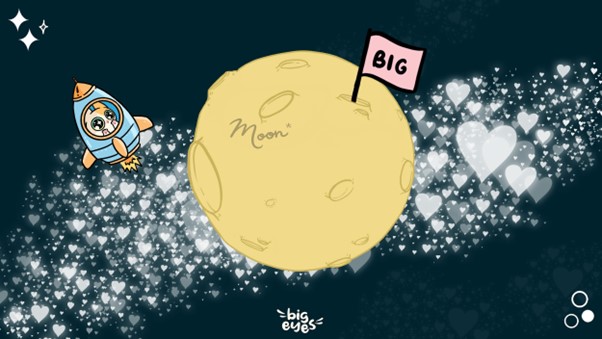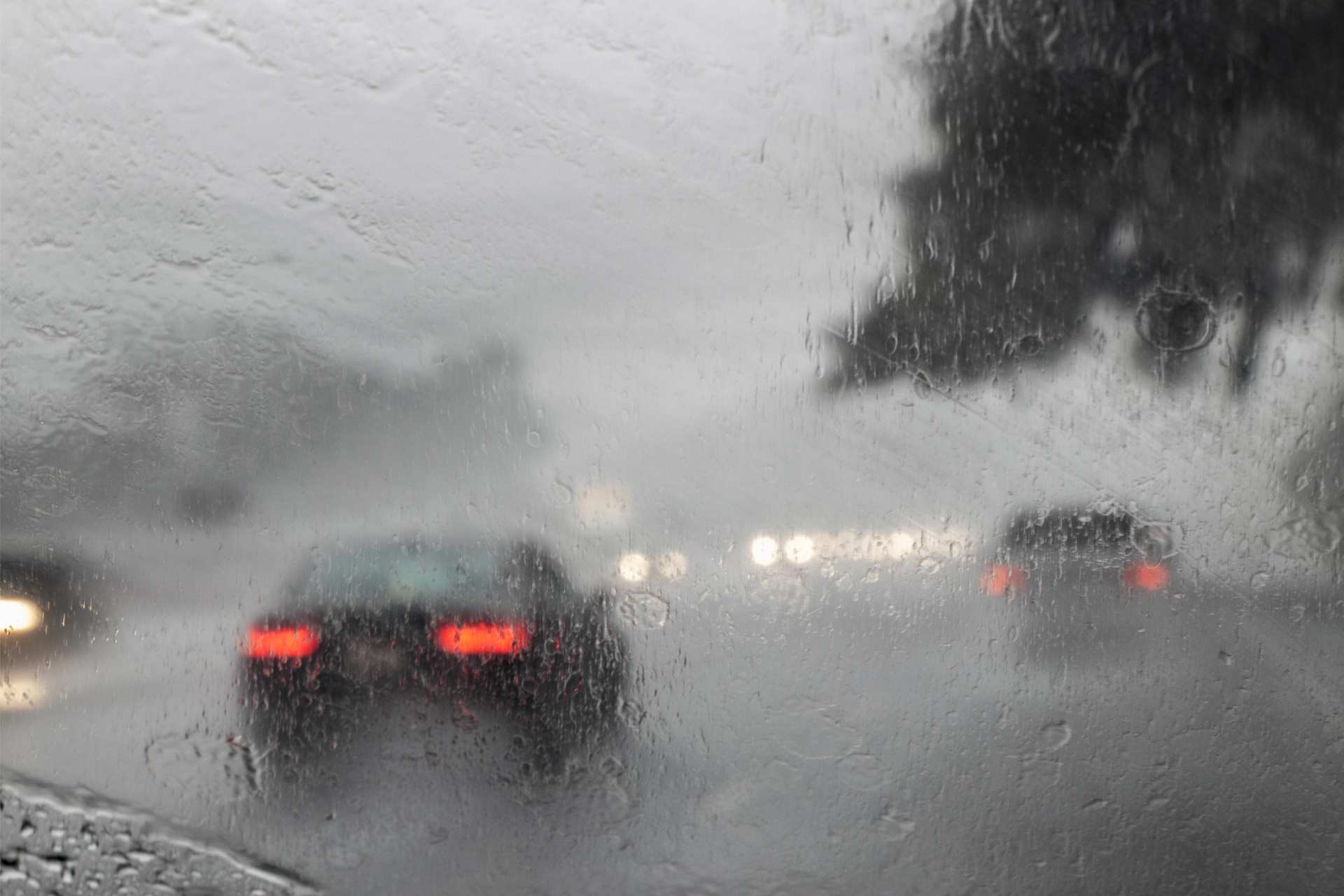Understanding Art Gobblers: The Mechanics of Justin Roiland’s new NFT collection unwrapped

Important takeaways
- Rick and Morty co-creator Justin Roiland and crypto investment firm Paradigm are launching an NFT collection called Art Gobblers.
- Gobblers essentially function as decentralized art galleries.
- However, the tokenomics of the collection seem to reward early Gobbler owners at the expense of future investors.
Share this article
Art Gobblers is expected to launch in twenty days. While the new Factory NFT collection markets itself as a self-sustaining art ecosystem, the Tokenomics appear to disproportionately reward early adopters.
Decentralized art galleries
A new type of NFT collection enters the crypto scene with the upcoming launch of Art Gobblers.
Spun up by Rick and Morty co-creator Justin Roiland and crypto investment firm Paradigm, Art Gobblers goal to be a self-sustaining “decentralized art factory”. The collection’s free coin is scheduled to go live on Halloween.
The concept is relatively simple. The collection contains 2,000 unique Gobbler NFTs, all of which act as transferable art galleries on the chain. Under certain conditions, a gobbler can digest a work of art and add it to its “stomach gallery”; if the Gobbler is later sold, all the art it has assimilated is sold along with it. The mechanism therefore allows owners to curate their Gobbler stomachs as they wish: a Gobbler can be used to collect generative art, portraits, autographs, cat pictures, anime – whatever the owner wants.
However, the internal mechanics of the NFT pool are surprisingly complex and involve tokenomics reminiscent of other crypto projects such as the Olympus DAO. Crypto Briefing takes a closer look at the nuts and bolts of the Art Gobblers experiment.
Art Gobbler’s Economy
The Art Gobblers project has different components, the three main ones being Gobblers, GOO and Pages.
Gobblers themselves are NFTers. When the collection launches, there will be 2,000 Gobblers available for minting, with 300 of them (15% of the supply) reserved for the development team. The collection will be expanded by an additional 8,000 Gobblers over a period of ten years at an initial rate of approximately 200 new Gobblers per month. The core team is marked to receive 10% of these new Gobblers.
Gobblers produce ERC-20 tokens called GOO. The GOO tokens can be used to create new Gobblers and blank pages. Furthermore, GOO can be left to automatic composition in a Gobbler; the more GOO a Gobbler contains, the more GOO it will produce. There is no cap on the GOO supply, meaning the token supply will expand at an increasing rate as time goes on.
Art Gobbler sites are also NFTs. They are made with GOO and act as canvases on the chain. “Blank” pages allow their owners to emboss any artwork in an NFT. These “full” pages can then be swapped and collected on their own or fed into a Gobbler – transferring ownership of the individual page to the Gobbler owner.
Since the GOO supply is set to expand forever, Gobbler NFTs and Page NFTs are not sold at fixed GOO prices. Instead, the project uses a VRGDA mechanism for pricing. The VRGDA essentially sets a fixed schedule for NFT issuance: prices rise if demand is higher than expected; if demand is lower than expected, prices fall. Initially, 69 side NFTs will be created each day; issuance is set to drop to 10 NFT per day over eight months.
Known Ponzinomics
The stated purpose of Art Gobbler’s tokenomics is to create a flywheel, meaning that the project’s growth is meant to beget more growth, which will beget even more growth, ad infinitum. If Gobblers become popular, demand for Page NFTs will increase, encouraging artists to use them to produce eye-catching art, making Gobblers more popular.
But there is a catch. Under the current GOO monetary policy, the logical move for Gobbler owners is to continue to automatically compound the GOO they produce to keep up with the token’s inflationary pressures. Otherwise, their share of GOO’s total supply would quickly decrease, as would their purchasing power of Gobbler and Page NFTs, according to VRGDA mechanics.
However, this means that early Gobbler owners will likely control a significant amount of the total GOO supply after some time. No matter how much GOO newly minted Gobblers try to produce over the next few years, it will likely fail to reach the levels of GOO production achieved by Gobblers from the genesis coin since the latter will continue to increase production as they continue to accumulate GOO. Of course, it will always be possible to simply buy enough GOO to compete with Genesis Gobbler owners, but that option will likely be costly. In fact, the GOO economy may simply end up concentrating in the hands of a few Gobbler whales.
In this regard, Art Gobblers seems similar to the Olympus DAO, which created a monetary system with extremely high returns (and emissions) to incentivize users to commit their funds to the protocol. The mechanics disproportionately rewarded early protocol adopters, turning some of them into OHM whales. Such a whale initiated a 30% selloff in January when it decided to dump its holdings.
It’s also worth noting that neither Roiland nor Paradigm intend to continue working with Art Gobblers once the project starts. As the Paradigm team puts it, “Art Gobblers is launched as a finished product, designed to start up a self-sustaining ecosystem.” This means that differences arising from the GOO emissions plan are unlikely to be taken up on the road by the project founders.
Disclosure: At the time of writing, the author of this piece owned BTC, ETH, and several other cryptocurrencies.

























